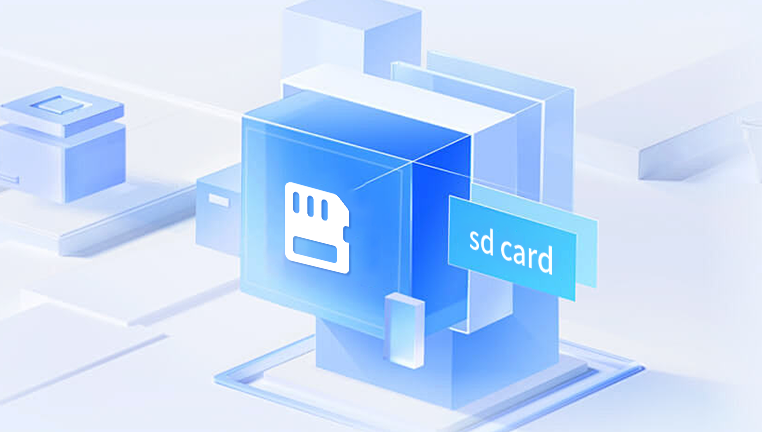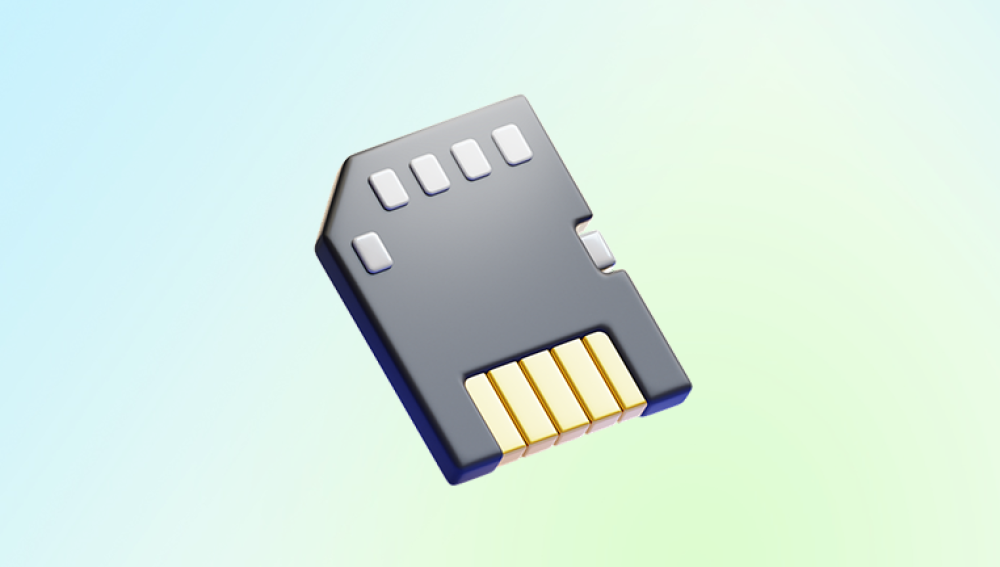San Antonio, a city rich in culture and technology, is home to a thriving digital landscape. From small businesses to major corporations and government institutions, data drives operations across the city. However, with the increasing reliance on digital storage comes the inevitable risk of data loss due to hardware failures, accidental deletions, system crashes, or natural disasters.
Chapter 1: Data Loss in San Antonio
Data loss in San Antonio can affect individuals, small businesses, and enterprises alike. Whether you’re a photographer who’s lost years of digital memories or a business that has experienced a hard drive crash, the consequences can be significant. Common causes of data loss in San Antonio include:

Hardware failures (e.g., hard drives, SSDs, RAID systems)
Accidental deletion or formatting
Virus and malware attacks
Software corruption
Power surges and electrical failures
Natural disasters such as floods and fires
Chapter 2: Common Devices Requiring Recovery
Data recovery services in San Antonio cater to a wide array of digital storage devices, including:
Internal and external hard disk drives (HDDs)
Solid-state drives (SSDs)
RAID arrays and NAS systems
USB flash drives
SD and microSD cards
CDs and DVDs
Smartphones and tablets
Laptops and desktops
Chapter 3: Types of Data Recovery Services
San Antonio data recovery specialists offer various services to recover lost information, including:
Hard Drive Recovery: For both internal and external hard drives that have failed mechanically or logically.
SSD Recovery: Requires advanced technology to retrieve data from solid-state drives.
RAID Recovery: Involves reconstructing data from damaged or corrupted RAID arrays.
Mobile Device Recovery: Recovers data from smartphones and tablets, including contacts, photos, and messages.
Cloud Data Recovery: Helps retrieve lost files from cloud-based storage platforms.
Digital Forensics: Useful for legal investigations, cybercrime recovery, and evidence extraction.
Emergency Data Recovery: Fast-track services for time-sensitive data loss situations.
Chapter 4: Leading San Antonio Data Recovery Providers
Several reputable data recovery service providers operate in San Antonio. Some of the top-rated companies include:
Drecov Data Recovery :
Drecov Data Recovery is a trusted name in the field of digital data restoration, providing reliable and efficient recovery solutions for individuals, small businesses, and enterprise clients. Known for its user-friendly interface and powerful scanning algorithms, Drecov Data Recovery helps retrieve lost, deleted, or formatted files from a wide variety of storage devices including hard drives, solid-state drives (SSD), USB flash drives, SD cards, and more. Whether you’re dealing with accidental file deletion, partition errors, or corrupted drives, Panda’s advanced technology works behind the scenes to recover valuable data quickly and securely.
What sets Drecov Data Recovery apart is its commitment to accessibility and effectiveness. The software is designed to be intuitive even for non-technical users, featuring guided recovery steps, preview options for recoverable files, and customizable scanning modes. Professionals appreciate its deep scan capabilities and file system compatibility, supporting FAT, exFAT, NTFS, HFS+, and more.
Security is another hallmark of Drecov Data Recovery. The software performs read-only operations to ensure that the original data remains untouched during the recovery process. It also adheres to strict privacy standards, giving users peace of mind when handling sensitive information.
Secure Data Recovery Services: Known for certified cleanrooms, secure practices, and extensive device support.
Data Analyzers Data Recovery: Offers recovery from all types of digital devices and has a proven track record in forensic recovery.
TTR Data Recovery: Provides emergency services, 24/7 support, and ISO-certified cleanrooms.
SalvageData Recovery: Offers enterprise-level recovery solutions with fast turnaround times and free diagnostics.
Chapter 5: How to Choose the Right Data Recovery Service
Choosing the right data recovery company in San Antonio is crucial to ensuring the safe and successful restoration of your files. Consider the following factors:
Certifications: Look for ISO 5 cleanroom certification, SSAE 18 SOC 1. 2. or 3 compliance.
Security and Confidentiality: Ensure the provider follows strict security protocols, especially for sensitive data.
Success Rate: Ask about the company’s track record and recovery success rate.
Pricing Transparency: Opt for services that provide upfront quotes and "no data, no fee" policies.
Customer Reviews: Check online testimonials and ratings.
Service Offerings: Make sure the provider offers the specific service you need.
Chapter 6: The Data Recovery Process
Understanding the steps involved in the data recovery process can help manage expectations:
Initial Consultation: Discuss the issue with a technician or fill out an online form.
Device Evaluation: The provider diagnoses the problem and provides a recovery plan.
Data Extraction: Technicians retrieve the data using specialized tools in a cleanroom environment.
Data Verification: Recovered files are verified for integrity.
Data Delivery: Files are returned via a secure medium, such as an encrypted external drive or secure cloud download.
Chapter 7: Costs of Data Recovery in San Antonio
The cost of data recovery in San Antonio varies depending on several factors:
Type of device and damage
Urgency of the recovery
Volume of data to be recovered
Need for parts or cleanroom services
On average:
Basic recoveries: $100–$300
Intermediate cases: $300–$700
Complex recoveries (RAID, severe physical damage): $700–$2.000 or more
Chapter 8: Data Recovery Success Rates and Limitations
Data recovery success depends on:
The nature and extent of damage
How quickly professional help is sought
Whether DIY recovery attempts were made (which can worsen damage)
While many files can be recovered, no provider can guarantee 100% success. A reliable company will be upfront about the odds.
Chapter 9: DIY vs. Professional Recovery
DIY data recovery tools may be useful for minor issues, but professional services are recommended when:
You hear clicking or grinding noises from the drive
The device isn’t recognized by the computer
Data is business-critical or irreplaceable
Professionals use cleanrooms and advanced tools to avoid further damage.
Chapter 10: Data Backup and Prevention Tips
To minimize future data loss risks:
Regularly back up data to an external drive or cloud service
Use surge protectors and uninterruptible power supplies (UPS)
Keep devices in climate-controlled, dry environments
Update antivirus and operating systems regularly
Avoid DIY fixes unless confident in your technical knowledge




